Introduction: Synthetic biology and biotechnology.
In today’s world, technology is advancing at a pace faster than ever before. From artificial intelligence to 5G networks, innovation is changing how we live, work, and interact. But one of the most profound technological revolutions is happening inside the living world — through synthetic biology and biotechnology.
These fields are not just about modifying DNA or creating lab-grown meat; they represent a complete rethinking of life’s building blocks. Scientists are now engineering organisms to produce medicine, clean energy, and even sustainable materials to replace plastics. At a time when climate change, pandemics, and food security challenges are at the forefront, synthetic biology offers solutions that were once unimaginable.
In this article, we’ll explore what synthetic biology and biotechnology are, how they’re shaping industries, the challenges they face, and what the future may hold. Whether you’re a student, researcher, investor, or just a curious tech enthusiast, this deep dive will give you insights into one of the most exciting fields of the 21st century.
What is Synthetic Biology?
Synthetic biology, often called SynBio, is the application of engineering principles to biology. Instead of just studying natural organisms, scientists design and build new biological systems. This can involve:
- Creating new genetic codes.
- Engineering bacteria to produce fuel or pharmaceuticals.
- Designing crops that resist pests without harmful pesticides.
- Developing biomaterials stronger than steel or more flexible than plastic.
In simple words, synthetic biology is about treating DNA like software code — writing, editing, and debugging it to achieve desired results.

What is Biotechnology?
Biotechnology, or biotech, is the broader science of using living organisms for human purposes. It has been around for centuries — think of fermentation in bread, beer, or yogurt. But modern biotechnology includes advanced tools like gene editing, CRISPR, biopharmaceuticals, and regenerative medicine.
While biotech focuses on practical applications, synthetic biology is the engine that powers new possibilities within biotechnology.
Key Differences Between Synthetic Biology and Biotechnology
| Aspect | Biotechnology | Synthetic Biology |
|---|---|---|
| Definition | Use of living systems to develop products and solutions | Design and construction of new biological parts and systems |
| Focus | Application-driven (e.g., medicine, agriculture) | Engineering-driven (building new biological tools) |
| Examples | Vaccines, insulin production, GM crops | Lab-grown meat, synthetic microbes for fuel, DNA data storage |
| Approach | Works with existing organisms | Creates entirely new biological pathways |
Applications Transforming Our World
1. Healthcare and Medicine
Synthetic biology is revolutionizing how we treat diseases. Examples include:
- Custom cancer therapies designed to target only tumor cells.
- Synthetic vaccines for faster response to pandemics.
- Microbes engineered to produce rare medicines, reducing dependency on limited resources.
2. Agriculture and Food Security
Food shortages and climate change make this area vital. Innovations include:
- Lab-grown meat (cultured meat) reducing environmental impact.
- Drought-resistant crops that can survive harsh conditions.
- Biological fertilizers replacing harmful chemicals.
3. Sustainable Energy and Materials
Fossil fuels are finite, but biology offers new solutions:
- Biofuels created by engineered microbes.
- Biodegradable plastics made from renewable sources.
- Carbon capture bacteria that help fight global warming.
4. Environmental Protection
- Microbes that digest plastic waste.
- Synthetic biology-based biosensors to detect pollution in real-time.
- Restoring ecosystems with engineered organisms.
Pros and Cons of Synthetic Biology and Biotechnology
Pros
- Potential to cure genetic diseases.
- Reduced environmental impact compared to traditional industries.
- Solutions for global food shortages.
- Renewable materials and cleaner energy.
- Faster and more precise scientific innovation.
Cons
- Ethical concerns about “playing God” with life.
- Biosecurity risks if engineered organisms are misused.
- High costs of research and development.
- Regulatory hurdles slowing adoption.
- Unintended ecological consequences.
Latest Technology Trends in Synthetic Biology (2025 and Beyond)
- AI in drug discovery: Artificial intelligence is accelerating biotech research by predicting protein structures and potential drug interactions.
- DNA data storage: Using genetic code to store massive amounts of digital data.
- Smart bio-sensors: Devices that can detect diseases, toxins, or environmental changes in real-time.
- Personalized medicine: Treatments tailored to your unique genetic profile.
- Synthetic biology in space exploration: Creating microbes to recycle resources or produce oxygen on Mars.
How Businesses and Investors Benefit
Biotechnology is now a multi-trillion-dollar global market, and synthetic biology startups are attracting massive funding. For businesses:
- Pharmaceutical companies are speeding up drug pipelines.
- Food companies are launching lab-grown meat and dairy alternatives.
- Energy firms are experimenting with biofuels to replace petroleum.
Investors see biotech and synthetic biology as the “next internet” revolution, with potential for exponential growth.
Cybersecurity and Synthetic Biology: A New Frontier
It may sound surprising, but cybersecurity tips are now relevant in biotech labs. As DNA sequences are stored digitally, hackers could potentially alter data, leading to dangerous consequences. This makes bio-cybersecurity a critical emerging field.
FAQs on Synthetic Biology and Biotechnology
1. Is synthetic biology safe?
Yes, most projects follow strict regulations. However, like any technology, misuse is possible, which is why governments and researchers emphasize strong safety measures.
2. How is synthetic biology different from genetic engineering?
Genetic engineering modifies existing DNA, while synthetic biology creates entirely new biological systems, often from scratch.
3. Can synthetic biology solve climate change?
It won’t solve it alone, but engineered microbes for carbon capture, sustainable fuels, and eco-friendly materials are powerful tools in the fight.
4. Will lab-grown meat replace traditional farming?
Lab-grown meat is expected to complement, not fully replace, farming. It offers a sustainable alternative to meet growing demand without harming the planet.
5. What careers exist in this field?
Opportunities include synthetic biologists, bioinformatics experts, genetic engineers, biotech entrepreneurs, and bioethics researchers.
6. Is investing in biotech safe?
Like any investment, there are risks, but biotech has shown strong long-term growth potential, especially in healthcare and sustainable solutions.
Conclusion: The Future of Synthetic Biology and Biotechnology
Synthetic biology and biotechnology are not just scientific trends — they are shaping the future of humanity. From healthcare breakthroughs to sustainable living, these innovations are creating a world where biology and technology merge.
The road ahead won’t be without challenges — ethical dilemmas, high costs, and potential misuse must be carefully managed. But the opportunities far outweigh the risks. By the 2030s, it’s likely we’ll live in a world where medicines are tailor-made for individuals, food is lab-grown and abundant, and biology powers industries as much as silicon does today.
The future of technology is not only digital — it’s biological.


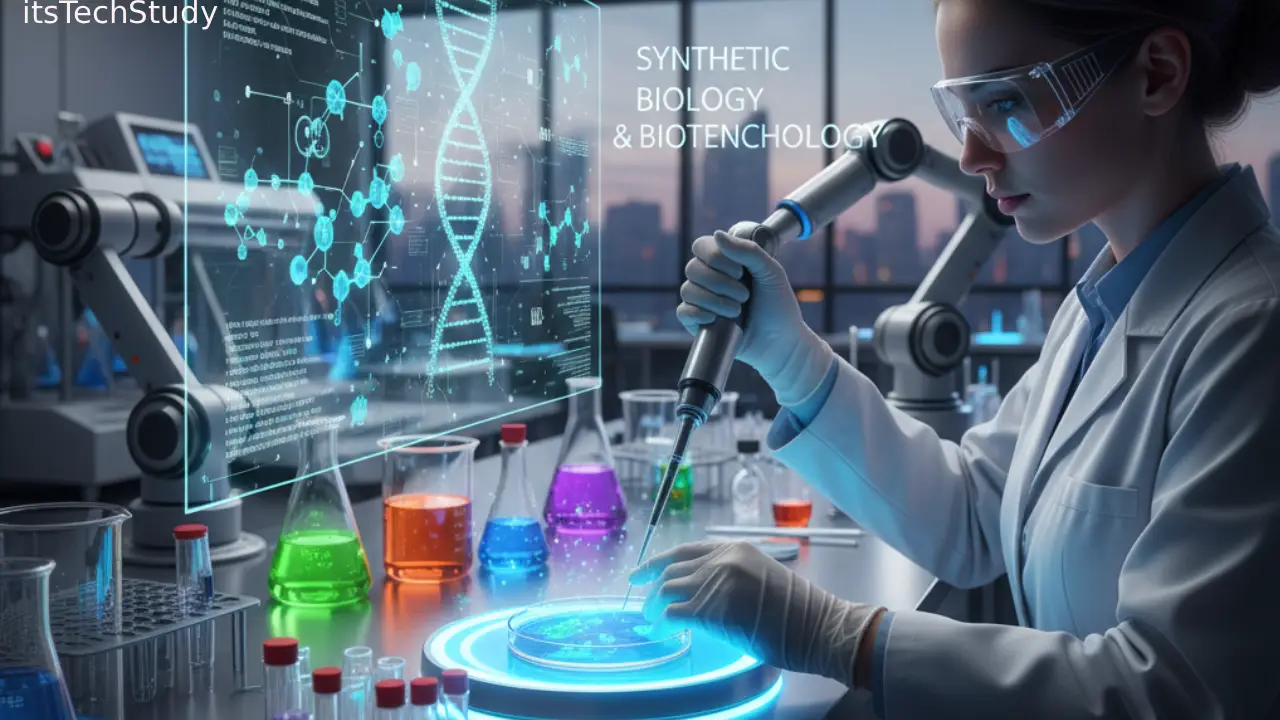

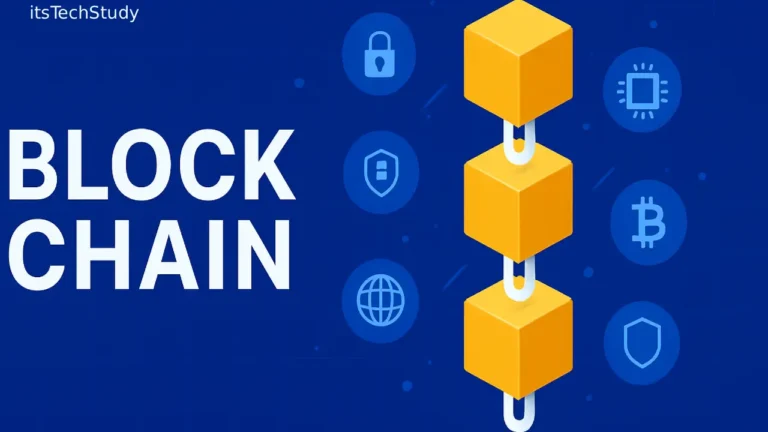
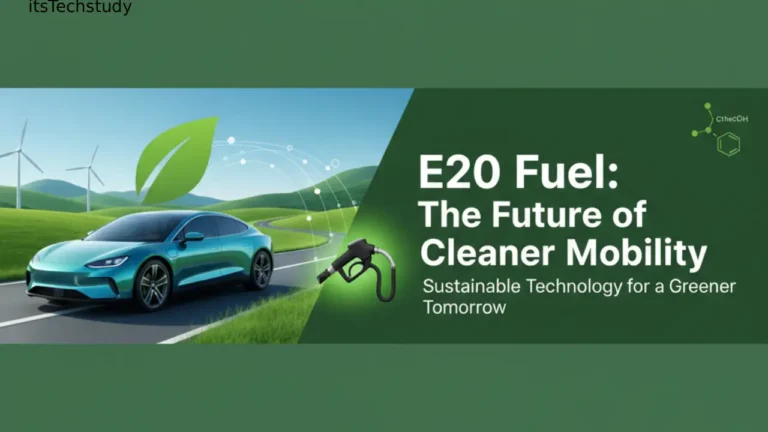



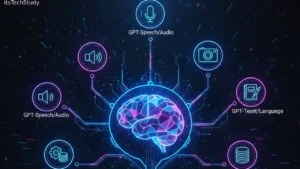

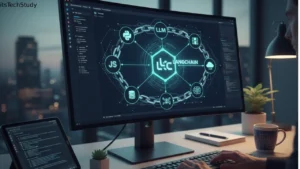
No Comments Yet
Be the first to share your thoughts.
Leave a Comment